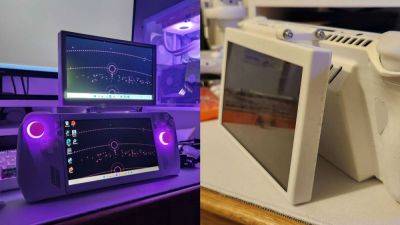NASA manages to fix Voyager's garbled data problem, even though it's more than 15 billion miles away
Back in November, NASA's second longest-running spacecraft Voyager I began sending data that made no sense whatsoever. Instead of information about its status and what various sensors were recording, all the scientists got was a meaningless repeated pattern. Well, after much head-scratching and hard work, engineers have fixed the issue and confirmed that Voyager I is transmitting properly once more, from the depths of interstellar space.
Launched in 1977, Voyager I was part of a twin spacecraft mission to study the gas planets, flying past Jupiter and then Saturn, before heading off out into the unknown. Powered by a radioisotope thermoelectric generator (RTG), it continued to send back data to Earth and in 2012, it crossed the heliopause and officially entered interstellar space.
It's fair to say that nobody really expected the spacecraft to continue functioning for so long but despite a few glitches along the way, it's continued to provide valuable information about the nature of our Solar System.
That was until November 2023, when its Telemetry Modulation Unit (TMU) appeared to have failed, as it just sent a constantly repeating pattern of data. NASA's engineers ultimately discovered that the TMU was working as intended—the issue was one of the ancient memory chips for the Flight Data Subsystem (FDS) had failed, either due to a high-energy particle wrecking it or just through over four decades of wear and tear.
Since that chip stored instructions for how the FDS should communicate with the TMU, its loss meant the latter had no way to work properly. The two Voyager spacecraft were some of the first ever to use volatile memory to store data, so it's remarkable that they've lasted as long as they have. But with the problem identified, a solution could be developed and it was about essentially figuring out which code had been lost and then resending it to be stored on another memory chip.
Not that it would be a quick fix. Voyager I is over 15 billion miles away and







